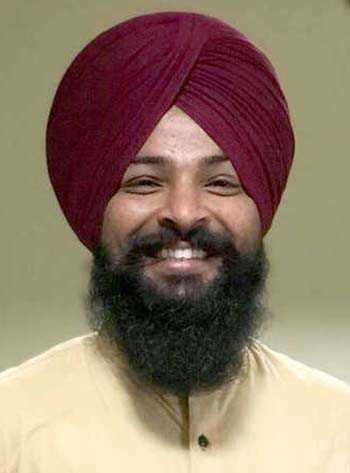Neha Saini
Tribune News Service
Amritsar, May 9
Kavishri, the art of singing ballads without saaz (instruments), is known to have originated in the Majha region of Punjab, sung in form of ‘Chhand-Baddh’ poetry. The folk art form, which was once lost from the memory of the generation, has once again found popularity among the young breed of folk singers, who are taking it to the mainstream platform.
“Kavishri is considered to have originated at the time of Ramayana, when Luv Kush, who were taught Ramayana by Valmiki, sung it in form of kavishri in King Rama’s court. It was later revived and brought to the social stream by Guru Hargobind. So, its roots somehow find connection in Amritsar,” shares Prof Davinder Singh from the department of theatre studies, Khalsa College.
Khalsa College also has a jatha that performs kavishri in competitive events. “It’s like a capella singing without using any instrument. The voice of the kavishers (artistes) performing is so powerful that it doesn’t require any saaz,” says Prof Singh.
Satinder Singh (24), a kavishri artiste, who as a student has won many awards for his exceptional talent in the art form, says kavishri is relevant through times. “In villages, people are familiar with this art as they used to sing it while working in fields. But with the passage of time, generations have forgotten about its existence. It combines social commentary, information about our history and cultural aspects into one performance.” Singh, who has been learning kavishri since the age of six years, plans to go professional with this art form. “Dhadi artistes have been performing at platforms like Coke Studio and getting noticed. We need to get these art forms back into limelight,” he says.
Transforming it into the live theatre experience and making it known to people, many theatre thespians have used this form as part of their experimental theatre narrative. Kewal Dhaliwal, who has used kavishri in his plays and has been working to revive the art form, feels that the unique art form needs collective effort to be brought into the mainstream performing art circuit. “The tales of warriors are sung in form of poetry and it holds significance as it also creates awareness regarding our history and our heroes. The fact that it brings live intimate theatre experience to audience makes sit a very relatable art form,’ he says.
Unlock Exclusive Insights with The Tribune Premium
Take your experience further with Premium access.
Thought-provoking Opinions, Expert Analysis, In-depth Insights and other Member Only Benefits
Already a Member? Sign In Now











